Written for Sight and Sound, November 25, 2018. — J.R.
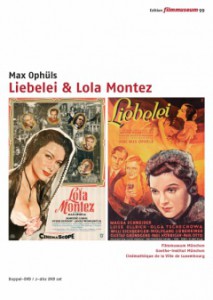
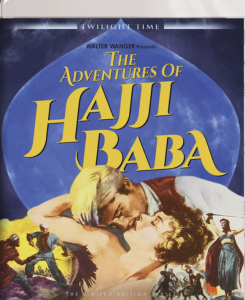
- The Munich Filmmuseum DVD of Max Ophüls’ Liebelei & Lola Montez, especially for its restoration of the German version of the latter film.
- The Twilight Time Blu-Ray of Don Weis’ The Adventures of Hajji Baba, a triumph of sexy Hollywood nonsense that merits non-patronizing patronage.
- The Second Run Features Blu-Ray of Věra Chytilová’s Daisies, an optimal edition of my favourite Czech feature.
- The Paramount eight-disc DVD box set of Twin Peaks: A Limited Event Series — the shopping bargain of the year, making David Lynch’s transgressive look at the U.S. and even more transgressive contribution to mainstream TV much more accessible.
- The Kino Lorber Blu-Ray of Spetters, for Paul Verhoeven’s audiocommentary.
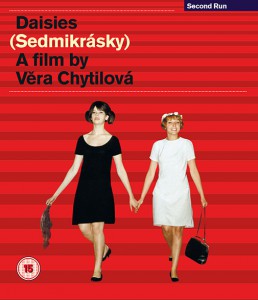
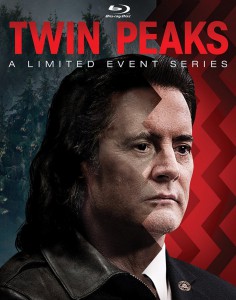
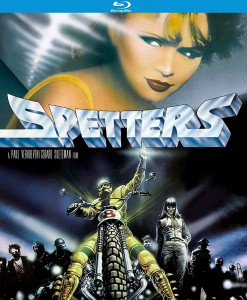 Read more
Read more
From Cineaste, Fall 1998. –J.R.


Speaking About Godard
by Kaja Silverman and Harun Farocki; foreword by Constance Penley. New York/London: New York University Press, 1998. 245 pp., illus. Hardcover: $55.00, Paperback: $17.95.
Negative Space: Manny Farber at the Movies (expanded edition)
by Manny Farber; preface by Robert Walsh. New York: Da Capo Press, 1998. Paperback: $15.95.
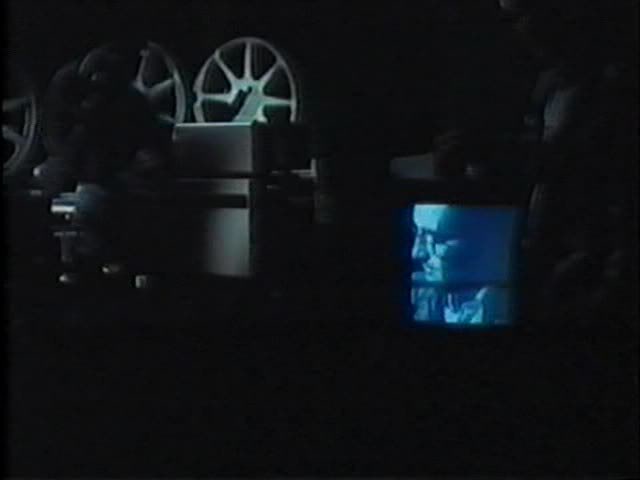

Kaja Silverman and Harun Farocki’s dialogues about eight features by Jean-Luc Godard, stretching from Vivre sa vie (1962) to Nouvelle vague (1990), is a book I’ve been awaiting ever since coming across its sixth and seventh chapters, on Numéro deux (1975) and Passion (1981), in issues of the journals Camera Obscura and Discourse, respectively. The two best critical studies I’ve encountered anywhere of these difficult, neglected masterworks, they manage to account for a great deal of what’s going on in them, metaphorically, ideologically, and intellectually, and the graceful division of labor between the two critics as they proceed through the films — roughly speaking, a dialectical exchange between Freud (Silverman) and Marx (Farocki) — makes the process of their exploration all the more illuminating. Silverman, a film theorist who teaches at Berkeley, and Farocki, a German essayistic filmmaker with over seventy films to his credit, are both primarily concerned with what these two films mean, and they attack this question with a great deal of lucidity and rigor. Read more
From the August 23, 1994 Chicago Reader.
Writer-director Oliver Stone lets it all hang out, including taste and common sense, in this freewheeling, heavy-handed music-video-style satire (1994) about a young couple on the run (Woody Harrelson and Juliette Lewis) who rack up 50 corpses for the fun of it and then spearhead a prison revolt after they’re arrested, all with the lip-smacking encouragement of the sleazy media, not to mention Stone himself. The characters are (perhaps deliberately) cut from the thinnest cardboard, while the style is an unbridled smorgasbord of 35-millimeter, 16-millimeter, Super-8, video, animation, and rear projection, raggedly edited and goonishly overacted by everyone involved (including Robert Downey Jr. with an Australian accent, Tommy Lee Jones, Tom Sizemore, and Rodney Dangerfield, who’s featured in a wild sitcom parody that provides some of the film’s more inventive moments). The show-offy psychedelic manner may keep you interested, just as the sex and violence may keep you titillated — unless, like me, you feel you’ve seen it all before, in which case you’ll be bored out of your skull. Written with David Veloz and Richard Rutowski, the script is said to be based on a story by Quentin Tarantino — which means that a Tarantino script has been both figuratively and literally stoned beyond all recognition. Read more









